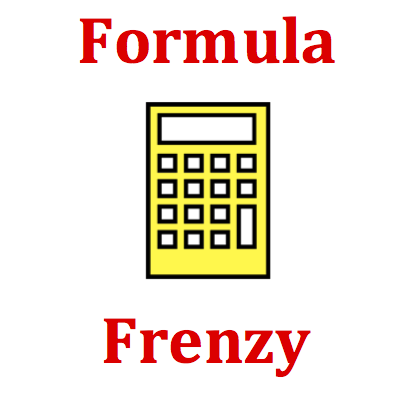Hold down the T key for 3 seconds to activate the audio accessibility mode, at which point you can click the K key to pause and resume audio. Useful for the Check Your Understanding and See Answers.
Mission VP9 Velocity Components of a Projectile - Question Group 8 Help

A projectile is launched upward at an angle to the horizontal. The initial horizontal velocity is 40 m/s; the initial vertical velocity is 30 m/s. After 3 seconds, the magnitude of the horizontal component of velocity is approximately ____ m/s and the magnitude of the vertical component of velocity is approximately ____ m/s.
(Note: Numbers are randomized numbers and likely different from the numbers listed here.)

The only force on a projectile is the force of gravity. Gravity is a vertical thingand does not affect the horizontal motion. As such, the horizontal acceleration is 0 m/s/s and the horizontal velocity is constant. The horizontal velocity that the projectile had when launched will be the horizontal velocity of the projectile at all times throughout its motion.
The vertical motion of a projectile is independent of the horizontal motion and must be discussed separately. Since there is a vertical force (gravity), there is a vertical acceleration (the acceleration of gravity). The vertical velocity of a projectile is changing at a rate of about -10 m/s each second (-9.8 m/s each second to be exact). Knowing the acceleration value and knowing the initial vertical velocity (given), one can use a kinematic equation to determine the final vertical velocity after 3 seconds (or 4 seconds or 5 seconds ...). See Formula Frenzy section.

where vf is the final velocity, vo is the initial velocity, a is the acceleration, and t is the time over which the acceleration has occurred.
